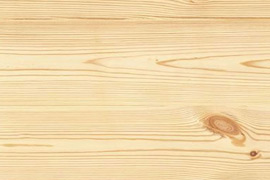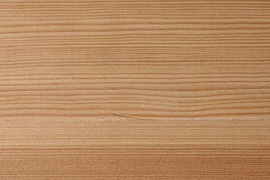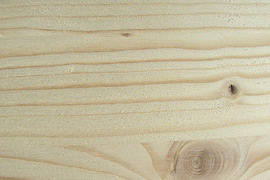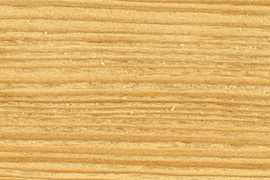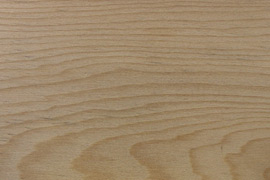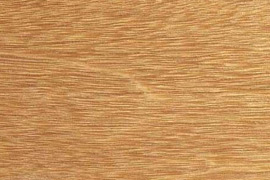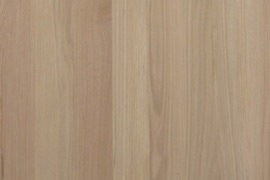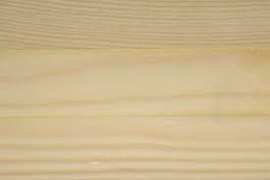Wood
Windows and doors realized only with high quality woods.
Accoya®
Accoya® wood has been thoroughly tested for dimensional stability, durability, paint retention and in-ground conditions to ensure optimal performance. Indeed, it is so reliable that for many years it has been – and continues to be – used by scientists as the benchmark against which other treatments and modifications are measured.
